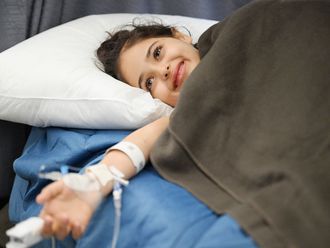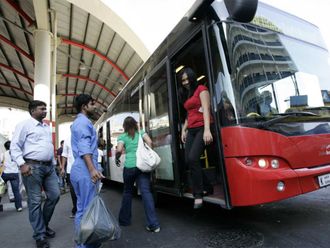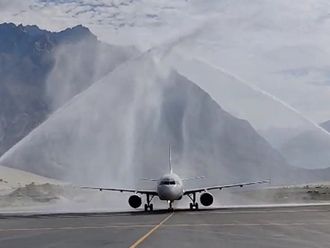
DUBAI Bird strikes are one of the most underrated threats to flight safety but are a manageable risk, experts at an aviation summit said in Dubai this week.
Making a joint presentation on the second day of the World Aviation Safety Summit on April 26, Sally Longstaff, safety analyst at Emirates and Chris Perry, wildlife biologist at Avisure effectively debunked the myth that bird strikes are minor incidents, saying they are a “precursor” to major mishaps, including those with human casualties.
Perry said bird strikes have so far caused annual damages of $2.34 billion to commercial aircraft worldwide. Zeroing in on different scenarios ranging from a single large bird and a flock of large birds to eight medium sized birds and 16 small birds, the presentation dwelt on their impact and effects on an aircraft’s engine.
It concluded that there are three ways to mitigate the threat of bird strikes, from designing the aircraft to be bird resistant to moving birds out of the way of the aircraft and moving aircraft out of the way of the birds.
While design is a technical matter, the presentation highlighted the need for better airport habitat management in order to move birds out of the way of the aircraft – be it through clearing of turf grass, or using tools like bird detection radars, lasers, pyrotechnics, dogs and falconry to keep the birds at bay.
As for moving aircraft out of the way of the birds, the speakers stressed the need to generate more data on the migratory patterns of birds, the nature of their habitats around airports and their daily schedule so that flight paths and timings could be managed accordingly.
The presentation showed strike hazards exist around most airports although the threat is higher near migration routes of birds or favourable environments. Airports adjacent to wetlands or wildlife preserves are invariably at higher risk.












